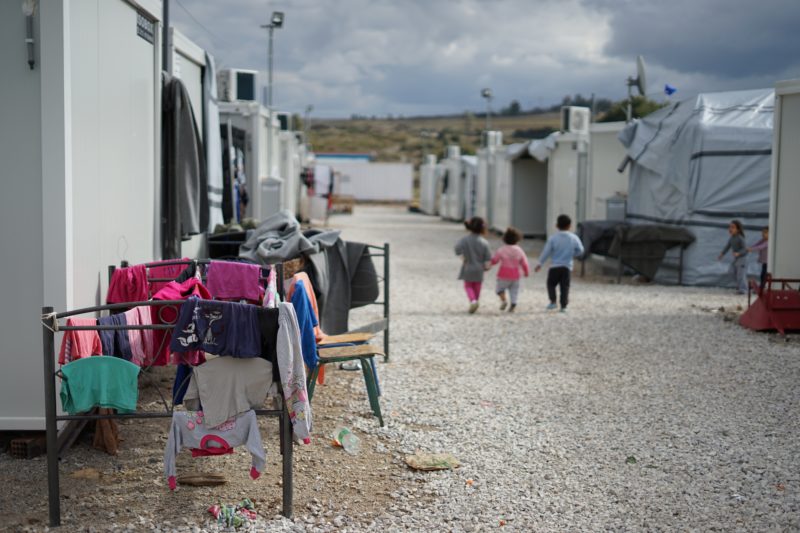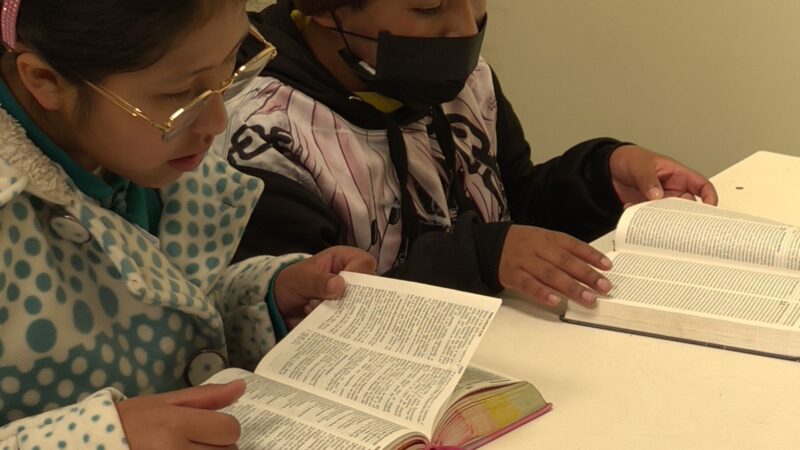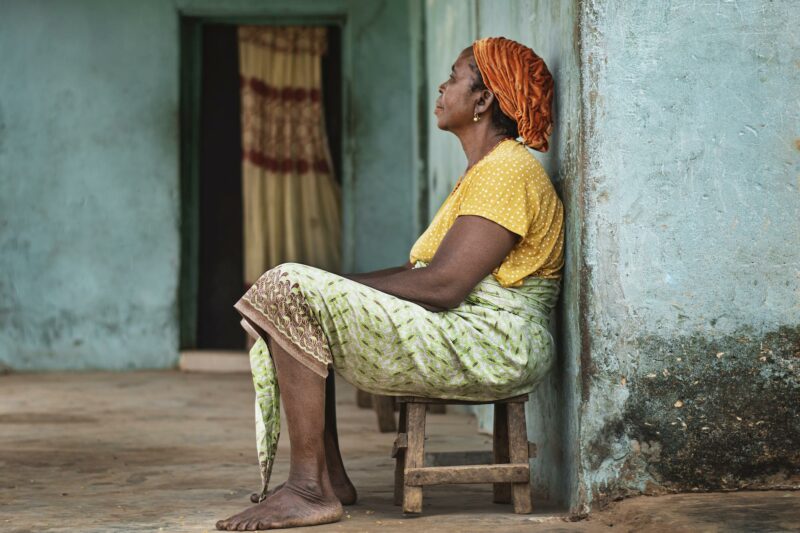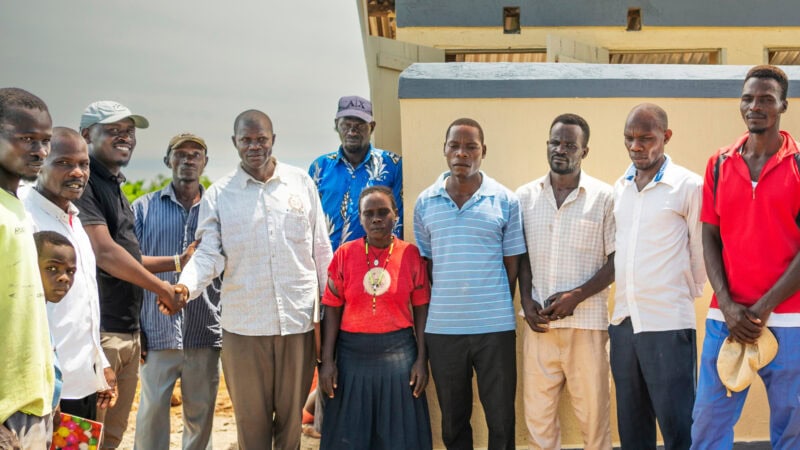The CATO Institute recently published Steve Henkle’s Annual Misery Index (HAMI) of Countries. (The CATO Institute is a think-tank that advocates for a limited role for government in domestic and foreign affairs as well as a strong protection of civil liberties.) The Index was started in the 1960s and has gone through several iterations and improvements to determine how to evaluate a country’s level of misery, which in turn can help people like our allies in their research to donate to the poor through trusted nonprofits.
What The Updated Misery Index Shows Us
Most recently, Steve Henkle, a senior fellow at the CATO institute, has improved the index. I believe the index is a good attempt to measure the experience that the average citizen living in these countries has. However, it doesn’t consider the levels of personal freedoms and religious persecution, and I think those are important when determining whether a country is a good place to live or not. In the end, no index is perfect.
This misery index is the sum of unemployment, inflation, and bank lending rates, minus the real GDP per capita percentage change of “bads” are offset by a “good” (real GDP per capita growth), which is subtracted from the sum of the “bads.” Thus, a higher HAMI score reflects a higher level of misery.
There are 156 countries listed on the index. You can see the full index here.
The most miserable countries to live in are:
- Venezuela – High inflation and unemployment rates because of socialist policies have caused great suffering in the country.
- Zimbabwe – Hyperinflation of 495% and negative GDP growth rates make this country one of the most miserable places to live.
- Sudan – At the start of the year, the currency in Sudan was devalued by 85% against the US dollar. Inflation is high at 141%, and the economy shrank more than 10% over the last year.
- Lebanon – The Lebanese pound collapsed, and hyperinflation came roaring back. Poverty is soaring as economic growth is in negative numbers.
- Suriname – Suriname, on the South American Continent, has struggled greatly with a weak and contracting economy. Its economy relies primarily on natural resources and newly discovered oil. As a result, the former Dutch colony remains one of South America’s least developed countries.
In closing, I was glad to see that none of the countries where Bright Hope works made the top five list of the most miserable countries to live in.
However, other communities in need plagued by extreme poverty are a pretty miserable place to live too. At Bright Hope, our focus isn’t on things like inflation rates or a country’s struggling economy, although no doubt these issues play a role in the plight of the extreme poor. Instead, our focus is on the people and finding ways to partner with them to sacrificially bring about a better today, tomorrow, and eternity.
Donate To Countries That Need Misery Supplanted With Hope.
Join us in providing nourishment for today, sustainable opportunities for tomorrow, and eternal hope for the future!
Donate Now
Learn More About The Countries That Bright Hope Supports
Giving To Urgent Needs In Bolivia
Learn About Haiti And Donate To Transforming Work
Supporting Kenya Against Corruption And Violence
Help Ugandans Reduce The Prevalence of HIV/AIDS





